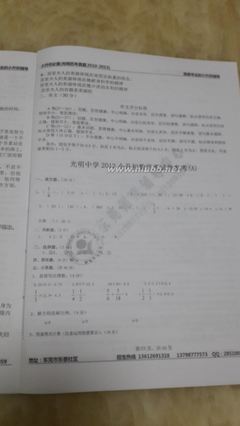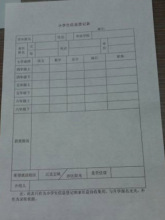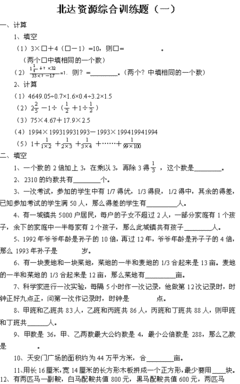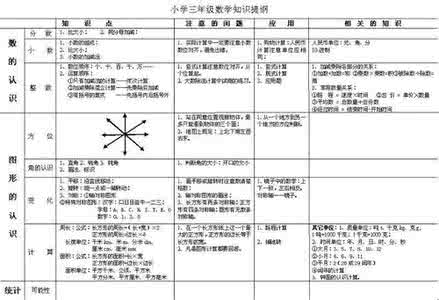你妹妹通常什么时候去上学?
[误] What time does your sister usually goes to school?
[正] What time does your sister usually go to school?
[析] 借助助动词do(或does)构成疑问句或否定句时,句中的谓语动词用其原形。
Top9:
琳达晚上经常做作业,但今晚她在看电视。
[误] Linda often do her homework in the evening, but this evening she watching TV.
[正] Linda often does her homework in the evening, but this evening she is watching TV.
[析] 在初一英语学习阶段,我们接触到了两种主要时态:一般现在时和现在进行时。一般现在时表示经常的或习惯性的动作,常和often, usually, sometimes 等时间状语连用。在一般现在时的句子中,若主语是第三人称单数,谓语动词要用其第三人称单数形式。现在进行时表示现阶段正在进行或发生的动作,现在进行时由be(am / is / are)+ving形式构成。
Top8:
这双鞋是红色的。
[误] This pair of shoes are red.
[正] This pair of shoes is red.
[析] 在shoes, trousers, gloves, glasses等表示成双成对的衣物或工具名词前用pair
Top7:
我想为我儿子买两瓶牛奶。
[误] I want to buy two bottle of milk for my son.
[正] I want to buy two bottles of milk for my son.
[析] 表示不可数名词的数量时,常用“a / an或数词+表量的可数名词+ of + 不可数名词”这一结构,其中当数词大于1时,表量的可数名词要用其复数形式。
Top6:
用介词by表示“乘坐”某种交通工具时,交通工具名词前不加任何冠词。
Top5:
乘飞机去北京花了史密斯一家人一个小时。
[误] It takes Smiths a hour to go to Beijing by a plane.
[正] It takes the Smiths an hour to go to Beijing by plane.
[析] 1.表示“……一家人”用结构“the + 姓氏复数”;
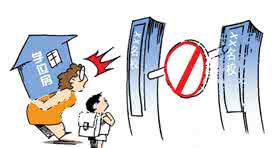
Top4:
hour 一词的第一个字母不发音,它是以元音音素开头的,所以“一小时”要用 an hour;
Top3:
房间里有多少人?
[误] How many peoples are there in the room?
[正] How many people are there in the room?
[析] people作“人、人们”解时,是个集合名词,其单复数同形。
Top2:
I'm a teacher.(变一般疑问句)
[误] Am I a teacher?
[正] Are you a teacher?
[析] 在英语中,主语为第一人称时变疑问句要将人称转变变为与之对应的第二人称。
Top1:
这些女老师们在干什么?
[误] What are the woman teachers doing?
[正] What are the women teachers doing?
[析] 在英语中,当一名词作定语修饰另一名词(单或复数形式)时,作定语的名词一般要用其单数形式;但当man, woman作定语修饰可数名词复数形式时,要用其复数形式men, women.
 爱华网
爱华网